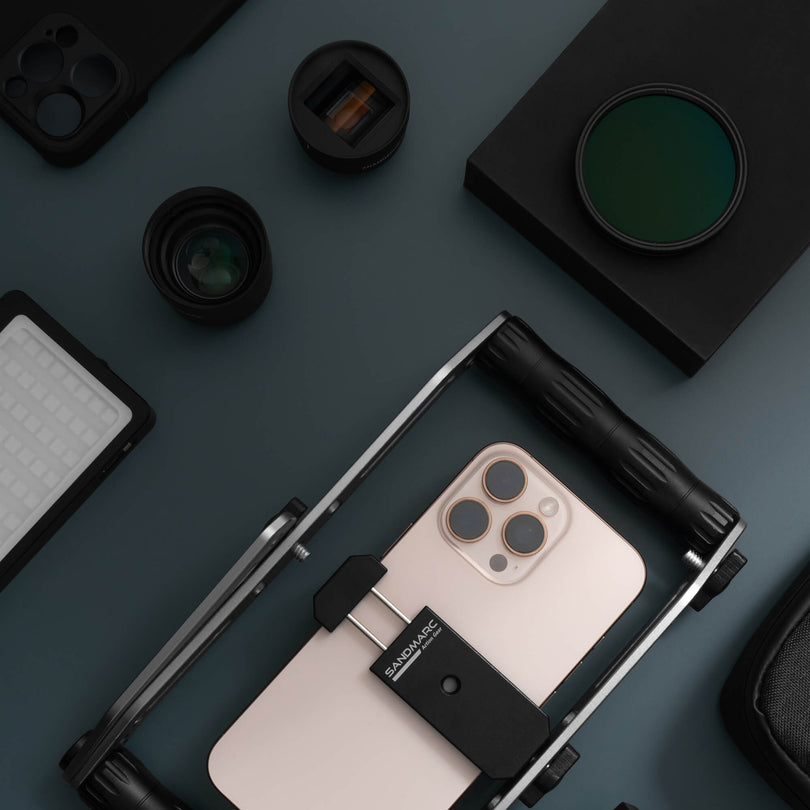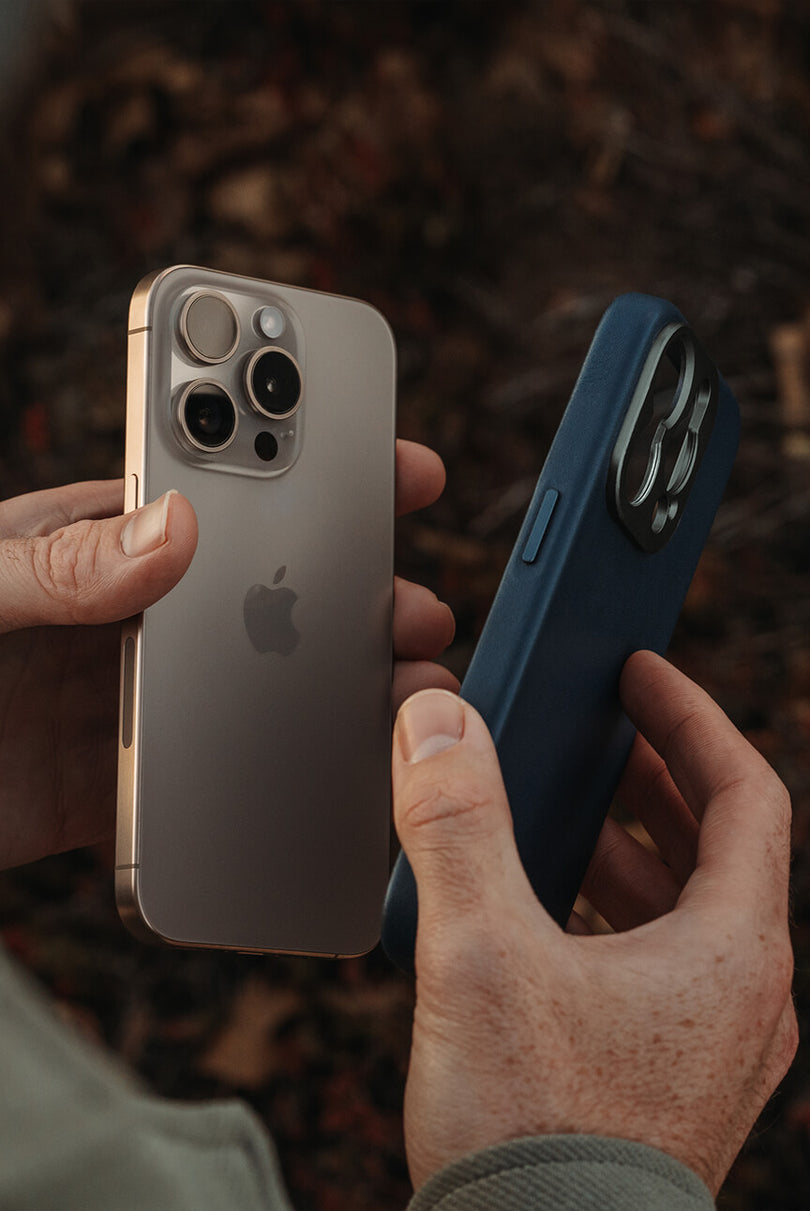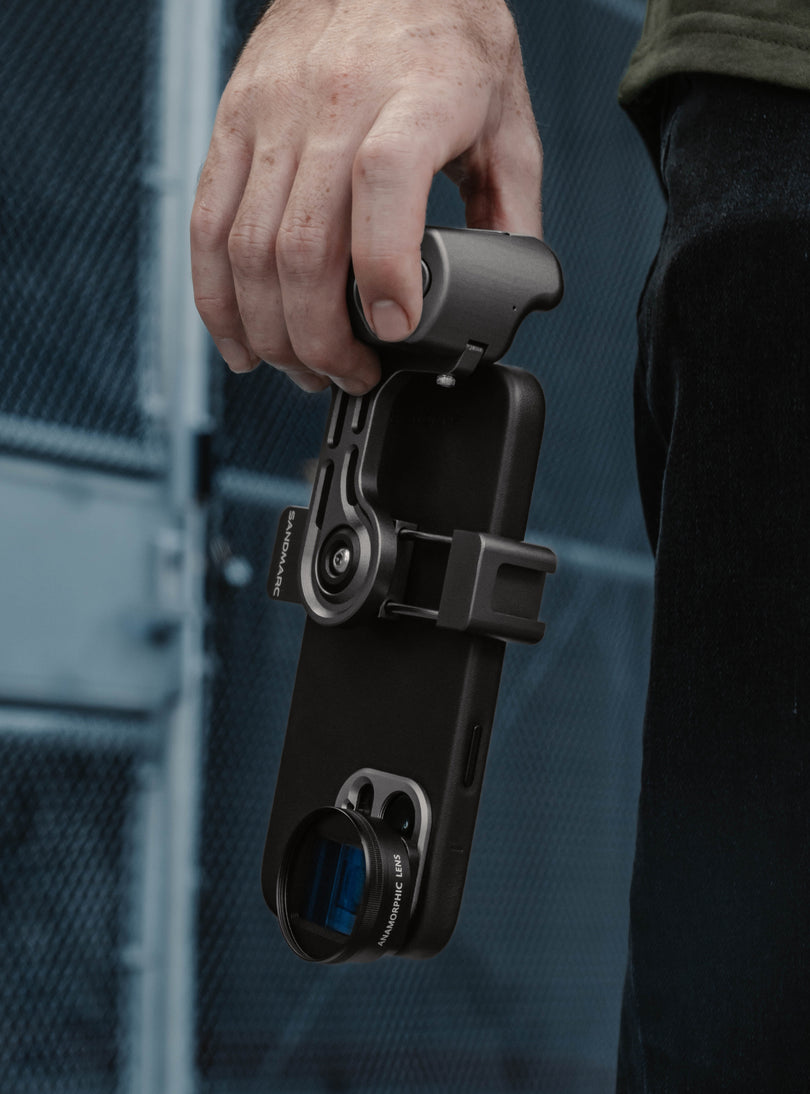iPhone 16e vs. 16 Models
What’s Different?
The iPhone 16 lineup offers five different iPhone models, each varying in design, tech, and color. This gives Apple users more flexibility in choosing the model best suited to their needs. In 2025, Apple introduced a new model, the iPhone 16e, broadening the lineup beyond the standard iPhone 16, 16 Plus, 16 Pro, and 16 Pro Max. With so many models and features, it can be confusing to understand what each one offers. Here’s a breakdown of the iPhone 16e vs. the other iPhone 16 models and their key differences.
The Lineup
iPhone 16e vs. iPhone 16, 16 Plus, 16 Pro, and 16 Pro Max
A Slimmer, Sleeker Alternative to Other iPhone 16 Models
The iPhone 16e has the same screen size as the standard iPhone 16, which is 6.1 inches. These displays are the smallest in the iPhone 16 lineup, which goes up to 6.9 inches on the iPhone 16 Pro Max.
When it comes to the Pro and Pro Max models, they feature a more premium design, which is evident in their use of titanium. In contrast, the iPhone 16e and the other standard iPhone 16 models are constructed from aluminum. Titanium is known for its high corrosion resistance and strength, properties it shares with aluminum. However, titanium is significantly stronger and more durable, making it the more premium and secure material.
While the iPhone 16e has just two color options compared to the five available for the iPhone 16 and 16 Plus, the Pro models offer four color choices, though they lean toward more neutral tones.
iPhone 16e (Aluminum Build):
When it comes to the Pro and Pro Max models, they feature a more premium design, which is evident in their use of titanium. In contrast, the iPhone 16e and the other standard iPhone 16 models are constructed from aluminum. Titanium is known for its high corrosion resistance and strength, properties it shares with aluminum. However, titanium is significantly stronger and more durable, making it the more premium and secure material.
While the iPhone 16e has just two color options compared to the five available for the iPhone 16 and 16 Plus, the Pro models offer four color choices, though they lean toward more neutral tones.
iPhone 16e (Aluminum Build):
- White
- Black
iPhone 16 / iPhone 16 Plus (Aluminum Build):
- Ultramarine
- Teal
- Pink
- White
- Black
iPhone 16 Pro / iPhone 16 Pro Max (Titanium Build):
- Desert Titanium
- Natural Titanium
- White Titanium
- Black Titanium
Camera Capabilities
Beyond the software and chips (more on that later), the camera is the next most noticeable change on the iPhone 16e. It's the first iPhone to feature a single rear camera lens since the iPhone SE (3rd generation), and the first in the mainline series since the iPhone 7.
The lens is 48 megapixels, matching the resolution of the main cameras on the other iPhone 16 models. It supports up to 2x optical zoom and includes Night mode. However, it does not have an ultra-wide or macro option like the iPhone 16 and 16 Plus, nor a 12MP telephoto lens, which is exclusive to the Pro models that have every upgraded camera feature.
For an everyday user, the single 48MP main sensor offers just the right amount of quality to capture memorable moments and allows for a truly compact camera experience.
If the smaller camera setup feels limiting, you can always enhance it with attachable lenses. We tested the iPhone 16e camera using the SANDMARC lenses, check out our results below and to explore the full photo journal check out the blog.
The lens is 48 megapixels, matching the resolution of the main cameras on the other iPhone 16 models. It supports up to 2x optical zoom and includes Night mode. However, it does not have an ultra-wide or macro option like the iPhone 16 and 16 Plus, nor a 12MP telephoto lens, which is exclusive to the Pro models that have every upgraded camera feature.
For an everyday user, the single 48MP main sensor offers just the right amount of quality to capture memorable moments and allows for a truly compact camera experience.
If the smaller camera setup feels limiting, you can always enhance it with attachable lenses. We tested the iPhone 16e camera using the SANDMARC lenses, check out our results below and to explore the full photo journal check out the blog.
Shot on iPhone 16e + SANDMARC Wide Lens
Shot on iPhone 16e + SANDMARC Macro Lens
Shot on iPhone 16e + SANDMARC Telephoto 6x Lens
A New Modem, But Some Trade-Offs
When it comes to the chip, this is where the iPhone 16e stands out the most, it’s the first iPhone to feature Apple’s in-house 5G modem, the Apple C1. Previously, Apple relied on Qualcomm modems, but the new C1 is designed to deliver faster and more reliable 5G connectivity. For now, the other iPhone 16 models continue to use Qualcomm modems, which still provide excellent performance and network reliability.
However, the iPhone 16e does not include the second-generation Ultra Wideband chip, which enables features like Precision AirDrop, a recent update that allows you to initiate an AirDrop by simply bumping or pointing your iPhone at another.
The iPhone 16e also doesn't have a special chip (called Thread) that helps smart devices connect to each other faster and more reliably. The iPhone 16e can still control smart home devices like smart lights, locks, and thermostats using Wi-Fi or Bluetooth, just like other iPhones. If you have Thread-based devices, the iPhone 16e can still work with them, but it needs help from another Apple device like a HomePod mini or Apple TV to do it.
Lastly, the iPhone 16e is designed to work best with modern networks like 5G and 4G, offering fast and reliable internet in most areas. However, in more remote or rural locations where newer networks might not be available, it may fall back to slower 3G speeds. Other iPhone 16 models support an older, faster version of 3G called DC-HSDPA, which can help maintain better speeds in those areas. This means the iPhone 16e might be a bit slower in weak-signal locations, but it performs just as well in everyday coverage zones.
By leaving out certain features, Apple is able to keep the iPhone 16e more affordable and compact. When people describe it as a great phone without all the bells and whistles, this is likely what they mean. That said, if you’ve never used or relied on these extra features, you probably won’t miss them, making the 16e a solid choice for most everyday users.
However, the iPhone 16e does not include the second-generation Ultra Wideband chip, which enables features like Precision AirDrop, a recent update that allows you to initiate an AirDrop by simply bumping or pointing your iPhone at another.
The iPhone 16e also doesn't have a special chip (called Thread) that helps smart devices connect to each other faster and more reliably. The iPhone 16e can still control smart home devices like smart lights, locks, and thermostats using Wi-Fi or Bluetooth, just like other iPhones. If you have Thread-based devices, the iPhone 16e can still work with them, but it needs help from another Apple device like a HomePod mini or Apple TV to do it.
Lastly, the iPhone 16e is designed to work best with modern networks like 5G and 4G, offering fast and reliable internet in most areas. However, in more remote or rural locations where newer networks might not be available, it may fall back to slower 3G speeds. Other iPhone 16 models support an older, faster version of 3G called DC-HSDPA, which can help maintain better speeds in those areas. This means the iPhone 16e might be a bit slower in weak-signal locations, but it performs just as well in everyday coverage zones.
By leaving out certain features, Apple is able to keep the iPhone 16e more affordable and compact. When people describe it as a great phone without all the bells and whistles, this is likely what they mean. That said, if you’ve never used or relied on these extra features, you probably won’t miss them, making the 16e a solid choice for most everyday users.
No MagSafe? Wireless Charging Isn’t Gone
Yes, we were all a bit heartbroken to learn that the iPhone 16e doesn’t support MagSafe, the magnetic wireless charging system known for its fast, efficient power delivery and compatibility with accessories like magnetic wallets. However, wireless charging isn’t gone entirely. The iPhone 16e still supports Qi wireless charging at up to 7.5W, which is slower compared to MagSafe’s 15W (and even lower than the standard 25W wired charging on other models), but it still gets the job done.
Battery Life: Solid for Daily Use
The battery life is adequate for everyday users, offering around 15–17 hours of video playback. However, it's not ideal for heavy gaming or streaming. For those needs, the iPhone 16 Pro Max delivers the best battery performance in the lineup, with up to 29 hours of video playback. That said, the iPhone 16e's smaller size and energy-efficient chip help it comfortably get through a typical day for most users.
Final Thoughts: Price Comparison & Which Should You Choose?
- iPhone 16e / Starting at $599
- iPhone 16 / Starting at $799
- iPhone 16 Plus / Starting at $899
- iPhone 16 Pro / Starting at $999
- iPhone 16 Pro Max / Starting at $1,199
The iPhone 16e is the most affordable option in the iPhone 16 lineup, and that’s the core value of this model, minimal, budget-friendly, yet still offering great quality.
Once you’ve laid out all the facts about what the iPhone 16e offers, the decision ultimately comes down to your personal needs and priorities in a smartphone. The iPhone 16e still carries Apple’s signature quality, just with a more minimal feature set.
If you’re someone who values core performance, clean design, and a lower price point over the latest bells and whistles, the iPhone 16e delivers solid value without compromising the essentials.
FAQ Section
1. What does the 'e' in iPhone 16e mean?
Previous models were labeled 'SE,' which we knew stood for Special Edition. However, Apple has yet to provide a clear explanation of what the 'e' in iPhone 16e represents.
2. Is the iPhone 16e durable?
The iPhone 16e is crafted from aluminum and features durable glass for the screen. While it offers solid build quality, it’s not as durable as the iPhone 16 Pro models, which are made from titanium, a stronger and more scratch-resistant material. Additionally, the iPhone 16e uses Ceramic Shield front glass, which offers drop protection. It is also water resistant to a depth of 6 meter for up to 30 minutes, which is the same as the other iPhone 16 models.
Explore Similar Articles:
Previous models were labeled 'SE,' which we knew stood for Special Edition. However, Apple has yet to provide a clear explanation of what the 'e' in iPhone 16e represents.
2. Is the iPhone 16e durable?
The iPhone 16e is crafted from aluminum and features durable glass for the screen. While it offers solid build quality, it’s not as durable as the iPhone 16 Pro models, which are made from titanium, a stronger and more scratch-resistant material. Additionally, the iPhone 16e uses Ceramic Shield front glass, which offers drop protection. It is also water resistant to a depth of 6 meter for up to 30 minutes, which is the same as the other iPhone 16 models.
Explore Similar Articles:
Author's Bio
Born on the California coast, SANDMARC designs gear for those who live life in motion—travelers, photographers, and filmmakers. Every SANDMARC product is thoughtfully designed to elevate how you capture, carry, and experience the world. With a focus on quality and functionality, their blog offers tips, guides, and inspiration to enhance the creative journey.










